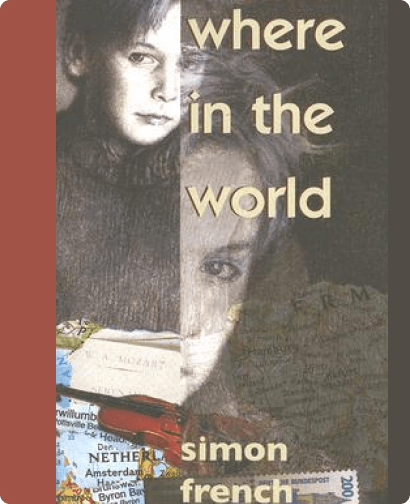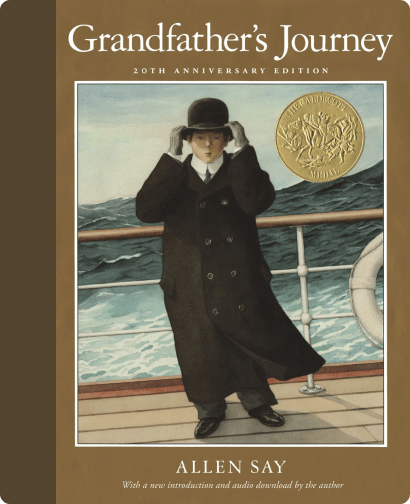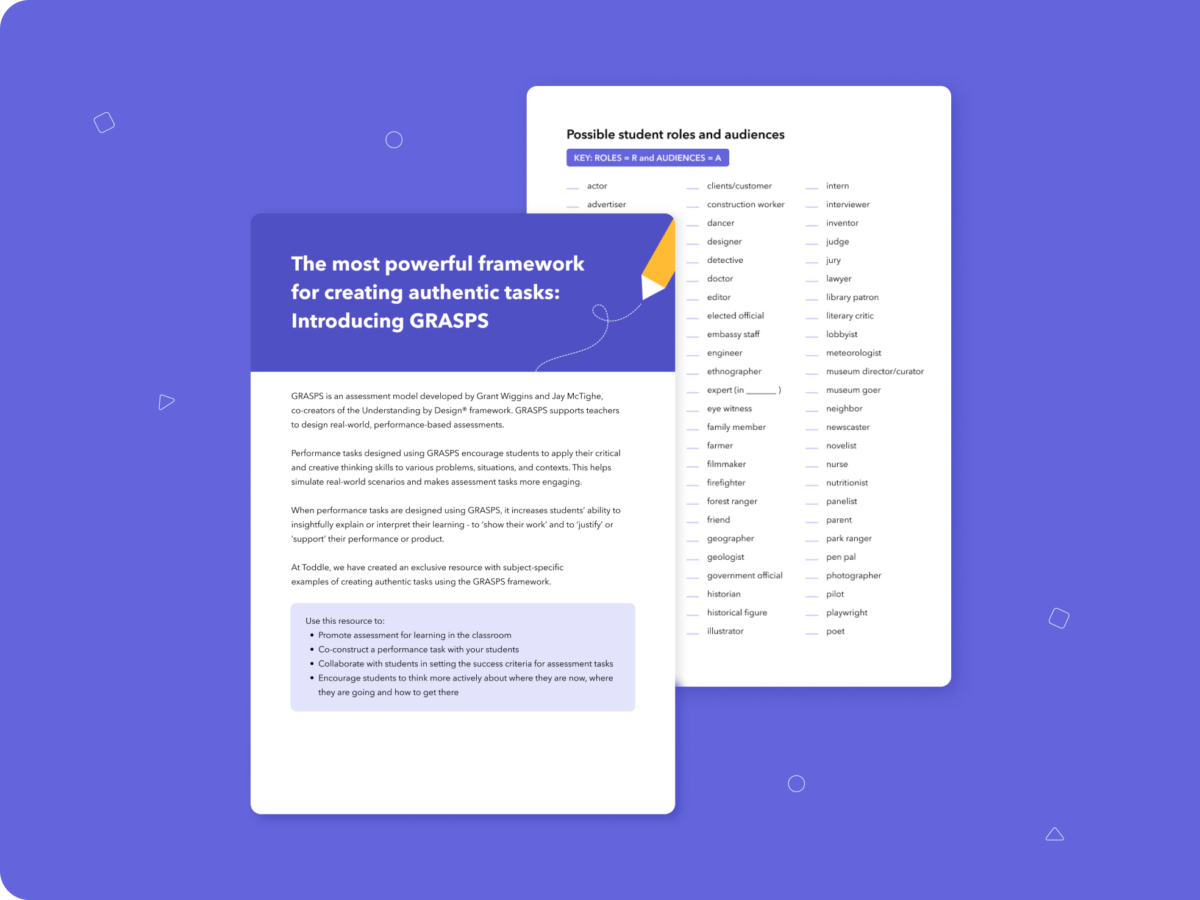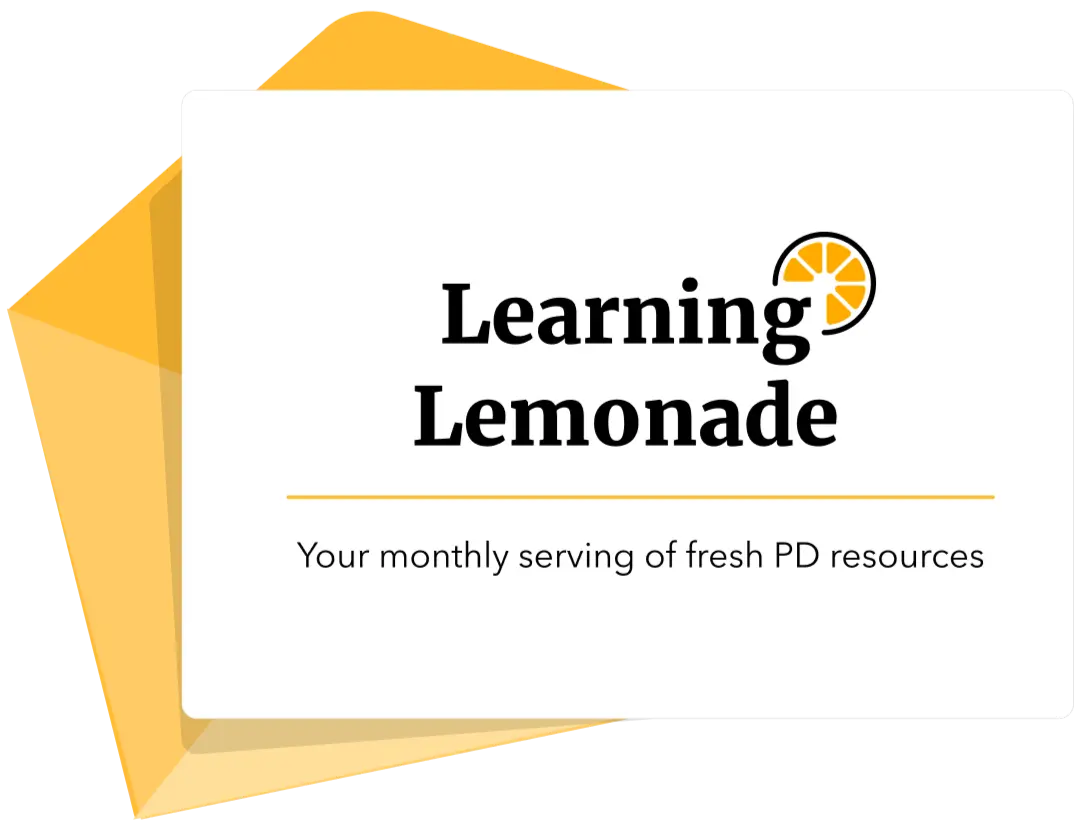Social and Emotional Learning Booklist: Grades 4-6
Based on the original work of Maggie Hos-McGrane
As students step into the upper elementary grades, they have a fair understanding of their emotions and might also know of a few strategies to manage them, but it is important that we keep providing them with opportunities to continue to dive deeper, and explore questions around self-identity, personal values, and beliefs.
It is therefore important for us to engage students in thought-provoking and meaningful conversations around social and emotional learning. While most students in this age group are confident and competent readers, reading aloud gives us an opportunity to have these discussions to deepen thinking and encourage self-expression.
Our approach when creating this booklist
We have used CASEL’s core competencies framework to create this booklist and have ensured that we include books that promote social and emotional learning through self-awareness, self-management, social awareness, relationship skills, and responsible decision-making.
The booklist includes a variety of genres ranging from fiction, non-fiction, memoirs, and biographies, and are meant to foster cultural awareness, empathy, international mindedness, and value relationships and friendships. Through the stories of characters in these books, we want to encourage students to talk about personal stories, family journeys, struggles with friendships, identity, and managing difficult emotions.
Reading strategies for your classroom
Author Michael Rosen advocates that teachers should continue to read to their students well into their teens. When doing read-alouds with older primary children, the sessions can be made interactive, especially when the books are heavy with dialogue. The story can be narrated through a reader’s theatre approach wherein students read scripts using character voice and expression. This makes it an immersive and engaging experience for students.
To comprehend challenging texts, consider organizing weekly book or literature circle discussions where students take on roles such as question asker, researcher, summarizer, connector, or reflector. Since these are usually small group discussions, students can confidently present their ideas and thoughts about the book. Guided reading, where students are grouped according to their reading levels can also help students gain confidence in reading. An interest-based book club or assigning reading buddies is another effective way of using books as a segue into social and emotional learning.
Using these books effectively to promote SEL in your classroom
- Talk it out: Have conversations about the read-aloud book. Use it as an opportunity to talk to your students about the importance of empathy, resilience, self and social awareness, and decision-making.
- Build empathy: Ask students to place themselves in the character’s shoes and think from their perspective. This will help students build empathy and understanding towards others.
- What’s the issue: Identify an issue that the students would like to focus on: For example, body image issues, bullying, etc. Use read-aloud books as a springboard to initiate difficult conversations.
- Theme team: Explore different themes related to social-emotional learning: For example, organize a self-awareness week and encourage students to read books specific to self-awareness.
- Personal connect: Encourage students to reflect and share their thoughts and feelings after reading a book. Ask them to make connections to personal experiences and talk about them.
We hope these booklists inspire your students to open up about how they feel, engage in meaningful discussions and reflections, and walk into their teens with confidence and courage.


























































